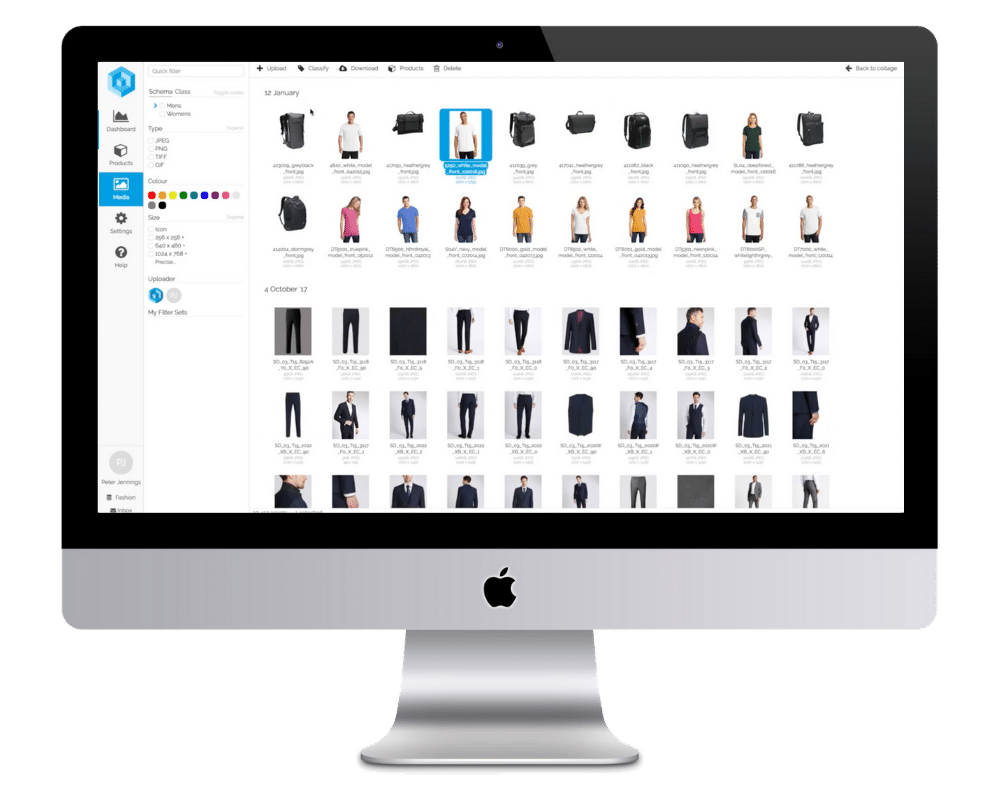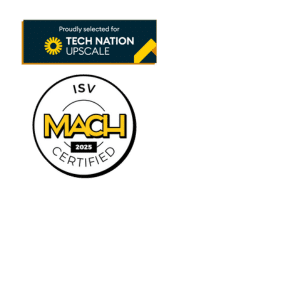Key Takeaways
Here are the essential points of headless commerce and its importance in today’s digital landscape. These insights highlight why this approach is gaining traction among businesses seeking innovation and growth.
- Headless commerce separates the front-end and back-end systems, enabling flexibility and customization.
- It allows businesses to create personalized shopping experiences while maintaining a robust back-end.
- APIs and integrations make headless and composable commerce scalable and adaptable to evolving needs.
- Future trends indicate that headless commerce will play a key role in modern retail, driven by technological advancements and consumer demands.
- Embracing headless architecture can future-proof businesses and keep them competitive in a dynamic market.
Understanding headless commerce
Headless commerce separates the customer-facing front end from the operational back end. This is the definition of headless commerce. By separating these processes, businesses can respond quickly to changing market demands.

The key characteristics of headless commerce are flexibility and independence. For instance, companies can create custom interfaces for websites, apps, and other platforms. These interfaces work independently of the back-end system. Additionally, APIs act as a bridge between the two.
When it comes to its technical architecture, headless commerce relies on two distinct components. The back end focuses on essential operations like inventory management and payment processing. On the other hand, the front end shapes the customer’s digital experience. APIs enable smooth communication between these layers. As a result, the system remains adaptable and scalable.
This structure offers clear benefits. For example, businesses can add new features or update content without overhauling the system. Similarly, integrating new technologies becomes easier. Therefore, headless commerce allows brands to innovate and compete effectively.
Exploring composable commerce
Composable commerce transforms how businesses manage digital sales. It uses a modular approach to commerce infrastructure, allowing each part to function independently and connect through APIs. This approach ensures businesses can build customized systems tailored to their unique needs. Unlike traditional all-in-one platforms, composable commerce promotes flexibility and agility.

The definition of composable commerce revolves around assembling digital solutions like building blocks and selecting only the components needed. For example, brands can pick specific tools for payment processing, customer relationship management, or inventory control. Each module operates autonomously, but when combined, they create a unified system that adapts to market demands.
Three core principles guide this method. First, solutions focus on addressing specific business requirements. Second, modular architecture ensures businesses can replace or update individual elements without disrupting the system. Third, an open ecosystem supports integrations, enabling seamless collaboration between technologies.
The key benefits and flexibility of composable commerce include faster responses to market trends, scalability across markets, and enhanced user experiences. Companies can innovate without being constrained by outdated systems. This model allows businesses to optimize resources, reduce risks, and stay competitive in a rapidly changing digital landscape. By embracing composable commerce, brands empower themselves to meet customer expectations effectively.
Headless vs composable
Headless commerce and composable commerce are related concepts, but their differences significantly shape business strategies. In addition, headless commerce separates the front-end user interface from the back-end operations, creating a flexible structure for delivering seamless experiences. This flexibility allows businesses to adapt to evolving customer demands. In contrast, composable commerce expands this modularity by enabling the integration of independent services, curated specifically for a brand’s requirements. These services work together through APIs to form a tailored, scalable solution.
The impact on customer experience is a key differentiator. While headless systems improve adaptability for better front-end customization, composable architecture extends this with precise configurations that cater to unique customer journeys. This customization fosters engagement and loyalty by meeting diverse consumer expectations.

However, flexibility comes with development and integration challenges. A headless approach demands significant investment in decoupling and reconfiguring systems. Composable solutions add another layer of complexity with multiple microservices requiring seamless coordination. This can slow down implementation and strain technical teams.
Additionally, cost considerations influence decision-making. Headless commerce often has a lower upfront cost but limits long-term flexibility. Composable commerce, though costlier initially, provides greater scalability and efficiency over time, justifying its investment for growth-focused businesses.
When to Choose Headless Commerce
Headless commerce works best in ideal scenarios where businesses need flexibility and control. It is a great choice for companies aiming to deliver unique customer experiences. If your current platform feels restrictive or outdated, headless commerce can help. It allows developers to customize the front-end freely while the back-end manages core operations. This setup works well for businesses focused on omnichannel strategies. When you want to deliver seamless shopping experiences across devices, headless commerce shines.
It is also ideal for businesses with specific technological requirements. Companies needing integrations with advanced APIs or personalized tools benefit greatly. If your team has the skills to manage custom development, headless commerce becomes a smart investment. It suits organizations willing to trade ease of use for flexibility. If scaling and innovation are your priorities, this approach ensures you stay ahead. Overall, it’s perfect for businesses ready to embrace modern, adaptive technologies.
When to Implement Composable Commerce
Composable commerce works best when flexibility and customization are priorities. Businesses often reach a point where their traditional systems can’t keep up. This may happen as customer demands evolve or new technologies emerge. At this stage, implementing composable commerce makes sense. It allows you to adapt faster and stay competitive.

Companies operating in dynamic markets benefit the most. They need tools that respond quickly to trends. If your business serves diverse customer needs or requires seamless integration, composable commerce offers the solution. It enables you to design systems that fit your unique processes.
The approach suits best-fit business models. These models rely on agile and scalable solutions. They don’t settle for rigid platforms. Instead, they thrive on a flexible technological ecosystem. By implementing composable commerce, you ensure your tools can grow with your business. This empowers you to deliver better experiences without being held back by outdated structures.
FAQ
Below are four frequently asked questions with answers to provide a better understanding of headless vs. composable commerce.
What is headless commerce?
Headless commerce separates the front-end user interface from the back-end eCommerce system. This separation allows businesses to deliver custom shopping experiences while maintaining a robust back-end for managing data and operations.
How does headless commerce differ from traditional eCommerce?
Traditional eCommerce links the front-end and back-end systems, limiting flexibility. In contrast, headless commerce lets businesses design unique front-ends that work with various devices and platforms without altering the back-end.
What makes headless commerce scalable?
Headless commerce uses APIs to connect systems, enabling businesses to add new features or integrations without disrupting existing infrastructure. This approach supports growth as needs change over time.
Why is headless commerce important for future trends in retail?
Headless commerce adapts to changing technologies and consumer preferences. It allows businesses to stay competitive by offering personalized, seamless experiences across multiple touchpoints, aligning with modern retail demands.
Bottom line
We’ve taken an in-depth, look at headless vs. composable commerce. However, both of these technology architecture strategies aim for the same result – flexibility and agility in rolling with any changes.

Headless and composable commerce is transforming how businesses approach online retail. By decoupling the front-end and back-end systems, it allows companies to create personalized, seamless shopping experiences. This agility empowers brands to stay competitive in an ever-evolving market.
Future trends point toward further innovation, with businesses leveraging AI and advanced integrations to meet customer expectations. As technology evolves, adaptability will remain crucial. Headless architecture offers this flexibility, making it a cornerstone of modern commerce. Embracing this approach can future-proof your business while ensuring it stays ahead of industry shifts and customer demands.
To dive further into headless vs. composable commerce, visit us at Pimberly.













